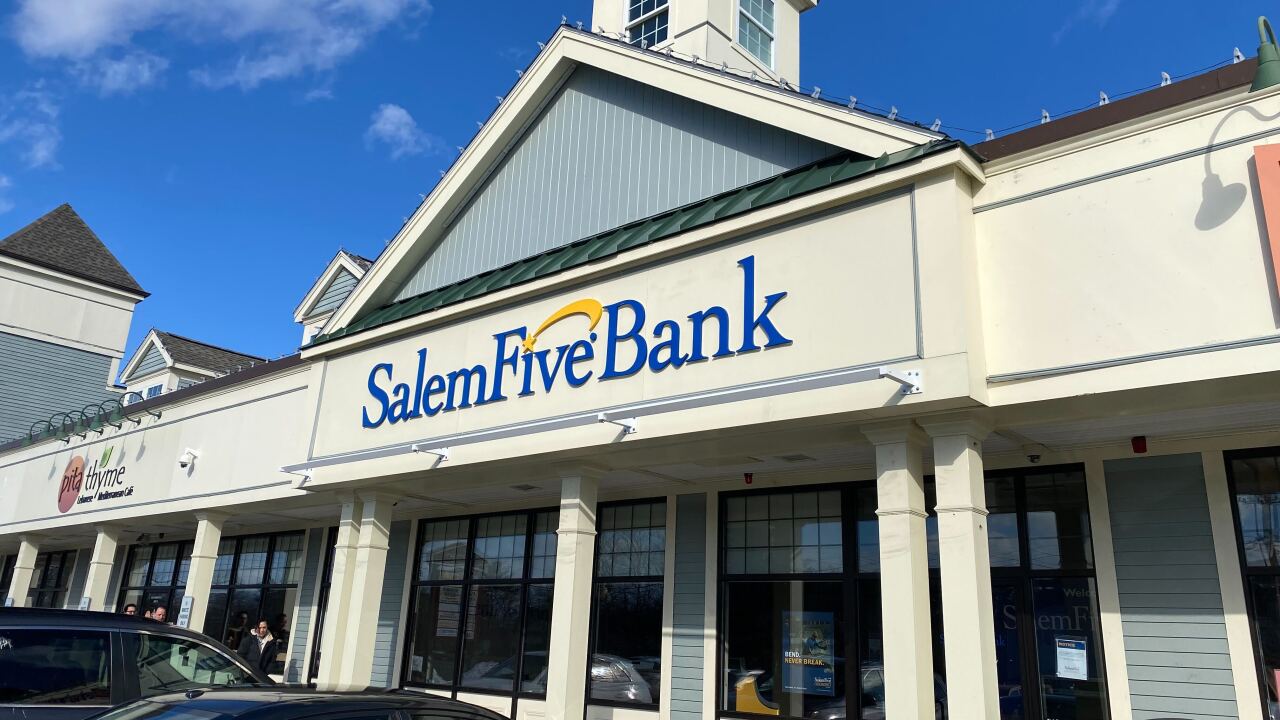Citigroup has automated the process its corporate clients go through when something goes awry with a global payment.
The New York company announced last week that it had added a self-service layer to its corporate payment portal called Citi Service Insights. Customers can log in, see what is holding up a payment and answer any questions or provide more information to help move the payment along.
Citi Service Insights is the latest bank-led effort to speed up and provide transparency to cross-border payments sent through the Swift network.
Many things can trip up an international payment as it travels from one country to another through Swift’s network of correspondent banks. These aren’t necessarily mistakes, but inevitable hiccups, such as questions around whether an entity is on a sanctions list.

Swift
Citi recently built a platform, called Citi Payment Insights, that integrates with Swift's GPI technology and the network's case resolution tool.
Citi Payment Insights includes a visual tracker, similar to the shipping trackers provided by companies like FedEx, that lets its customers see what is happening with their payments — where they are in the network and when they’re expected to arrive at their destination. About 600 corporate customers use it.
“The world has gone digital and self-service after COVID,” said Manish Kohli, global payments and receivables head at Citigroup. “This is another expression of that.”
Before the self-service capability launched, clients who had a question about a sent payment would call their customer service officer or send an email and wait for a response.
Now, they can log into the portal, see for themselves what is going on and what needs to be done to fix any holdup, and upload supporting documents. Each case can be tracked, and there’s an audit trail.
For example, if a customer based in India is sending a payment in U.S. dollars to someone in Hong Kong, it could get flagged for a possible sanctions violation as it goes through a chain of intervening banks. That bank would ask the sending bank for documentation, then the sending bank would ask the customer for it. There might be a lot of communication and messaging back and forth that could be done much faster with this self-service portal.
“The industry has been obsessed with making the payment experience seamless,” Kohli said. “This is about making the post-payment service experience seamless.”
The platform is omnichannel, he said.
“Somebody could have raised an inquiry through a phone conversation or sent a Swift message to raise a query, but they all go into the same database and are visible in a digital portal,” Kohli said.
With the new self-service portal, clients can see where a payment is, answer questions and provide more information, if needed.
Citi built the self-service capability by developing APIs that connect Swift’s GPI Case Resolution portal to its own commercial banking front end.
Kohli estimates that problems will be resolved 30% to 50% faster through the self-service portal.
Citi, like all large banks, has considered the use of blockchain technology for cross-border payments, but doesn’t see it as quite ready for prime time.
“I believe Swift and payments on Swift are going to continue for a long time, so we're doubling down on that,” Kohli said.




